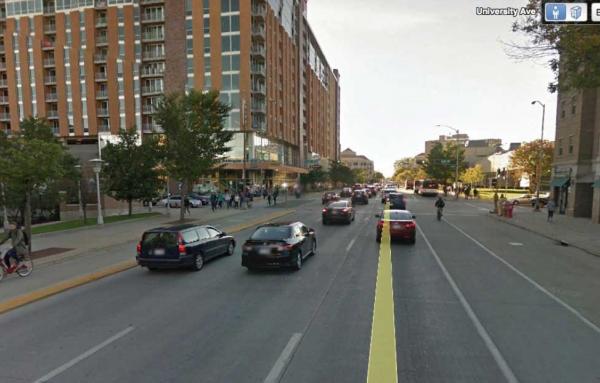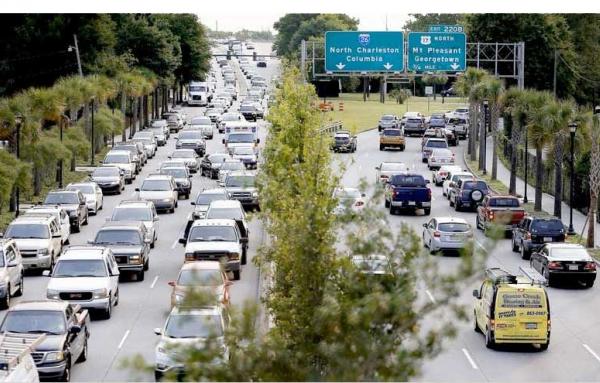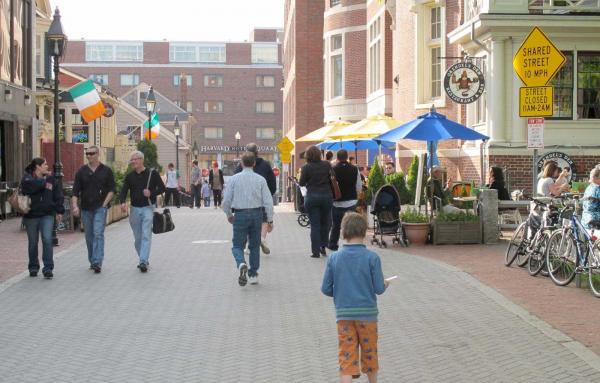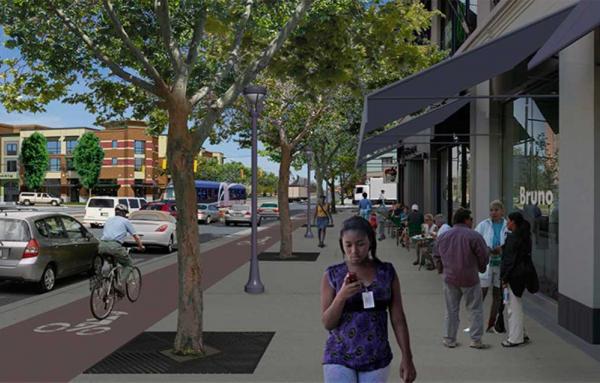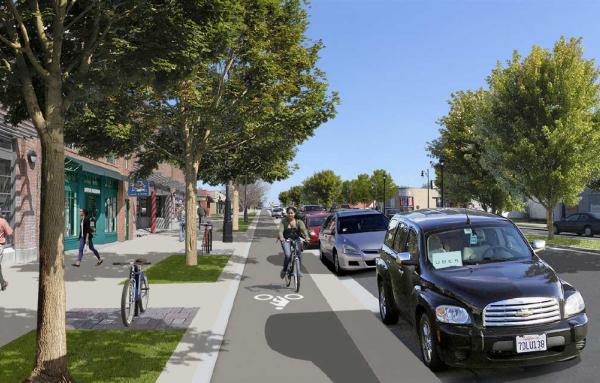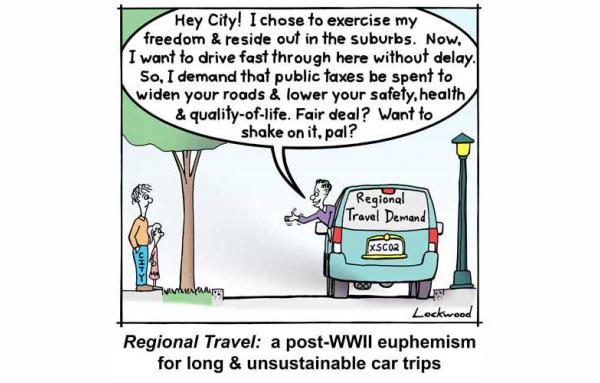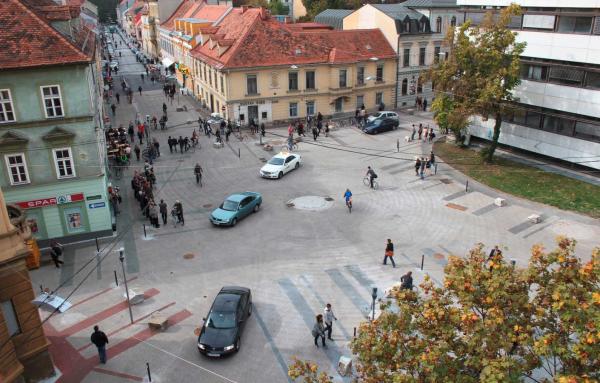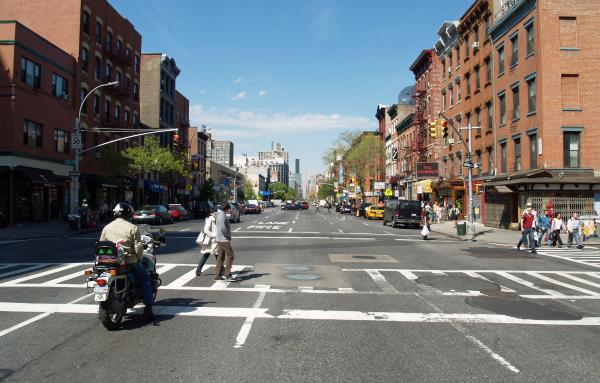Streets
There is still time for public comment on an ill-considered rule tying lower speeds on urban streets to "excessive delay." Please read the article and tell FHWA to drop or change this proposal.
Few have noticed the 100th birthday of two pieces of legislation that revolutionized the way we live: The first Federal Aid Road Bill, and the New York City zoning ordinance.
Sadik-Khan's approach is both radical and practical. Instead of relying on traffic "models" that are rarely tested against reality, she made changes with temporary materials that could be reversed if the benefits failed to materialize.
This is good news for Strong Towns advocates concerned about the fiscal sustainability of our cities too, because simple design means less money that must be spent to build and maintain our public realm.
Americans are returning to walkable neighborhoods. Property values are appreciating much faster in these types of places than they are in car-dependent areas, suggesting people are becoming increasingly willing to pay a premium to live, work, and...
A comprehensive implementation guide was written to retool the machinery behind Florida's deadly streets.
CNU recently completed four Legacy Charrettes in advance of CNU 24 in Detroit. On Monday through Thursday we published articles on the fascinating plans by top new urbanists.
Two of the charrettes focused on city neighborhoods and other...
CNU Legacy Charrette team boosts confidence in a neighborhood with a languishing commercial corridor.
If your corporation profited by highway building or selling cars, how would you market the idea of spending billions of tax dollars annually to subsidize long distance commuting by car? How would you spin the idea to make speeding through...
Mingling of people and cars at slow speeds is efficient and pedestrian-friendly, according to a University of Connecticut study.
To stop the killing of pedestrians on New York City Streets, we have to change the way we build our streets
Traffic engineers as a group have been much slower to recognize their erroneous techniques and replace them with less damaging practices.
